BBC Life On Earth Disc 1: The Swarming Hordes (1979)
 Index
Index 
BBC Life On Earth Disc 1: The Swarming Hordes (1979) |
 Index Index 
|
|
| 1:20 | Desert Locusts | 3:40 | Magnolia | 7:00 | Meadow Cranesbill in UV light |
| 8:05 | Hazel flowers | 8:45 | Arum Lily | 8:55 | Stapelia smells of rotting flesh, attracts Fly |
| 9:20 | Corpse Flower (Far East) | 9:35 | Cuckoopint produces unpleasant smell and warmth; Insects trapped in spathe | 11:40 | Sage stamps pollen on bee |
| 13:00 | Flying Duck Orchid opens | 13:15 | Orchid attracts Ichneumon wasp by mimicking female, and having the male wasp carry pollinia | 17:45 | Yucca is actively pollinated by Yucca Moth (Central America) |
| 18:30 | Flower Mantid hides in Ginger blossoms to catch Butterfly | 21:20 | Spiny Leaf Insect molting | 22:05 | Caterpillar eating its own egg shell |
| 24:00 | Orchard Swallowtail caterpillar looks like bird dropping, extends osmeterium | 27:10 | Common Crow Butterfly chrysalis | 28:05 | Orchard Swallowtail emerges from chrysalis |
| 29:35 | Birdwing Butterfly mating | 31:20 | Atlas Moth | 32:25 | Termite queen (Western Australia) |
| 37:40 | Solitary Bees mating | 35:50 | Sweat Bee colony (Kansas) | 38:50 | Honey Bee queen inspecting cells |
| 38:35 | Honey Bee worker waggle dancing | 42:30 | Green Tree Ant S (Weaver Ants) use larvae to produce silk and build nest in leaves (Southeast Asia) | 44:10 | Leaf Cutter Ants (Parasol Ants) |
| 45:50 | Leaf Cutter Ants cultivate fungus garden | 47:05 | Bullhorn Acacia ? defended by Stinging Ants (Central America) | 49:35 | Army Ants linking to form bivouac |
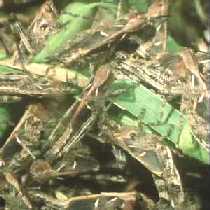 1:20 Desert Locusts |
 3:40 Magnolia |
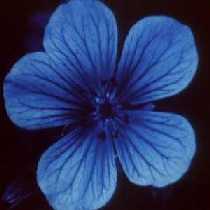 7:00 Meadow Cranesbill in UV light |
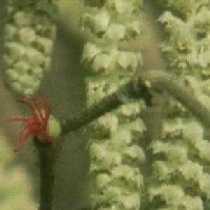 8:05 Hazel flowers |
 8:45 Arum Lily |
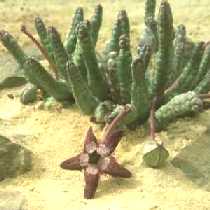 8:55 Stapelia |
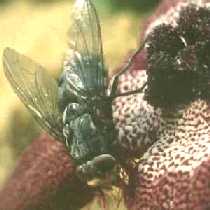 8:55 Fly |
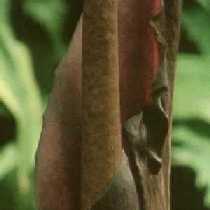 9:20 Corpse Flower |
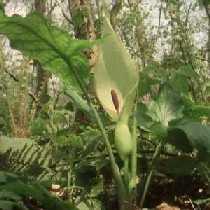 9:35 Cuckoopint |
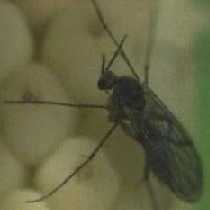 9:35 Insects trapped in spathe |
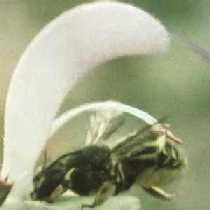 11:40 Sage stamps pollen on bee |
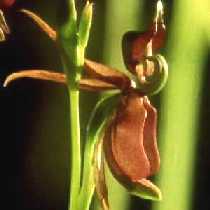 13:00 Flying Duck Orchid |
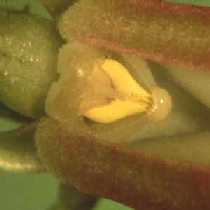 13:15 Orchid |
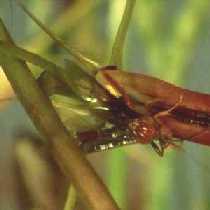 13:15 Ichneumon wasp |
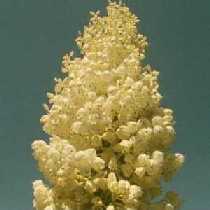 17:45 Yucca |
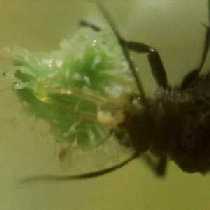 17:45 Yucca Moth |
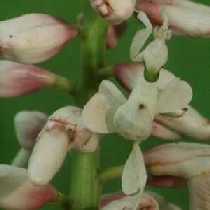 18:30 Flower Mantid |
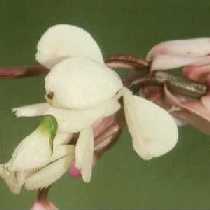 18:30 Ginger blossoms |
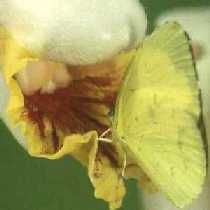 18:30 Butterfly |
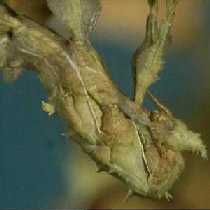 21:20 Spiny Leaf Insect molting |
22:05 Caterpillar eating its own egg shell |
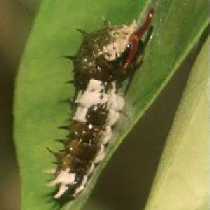 24:00 Orchard Swallowtail caterpillar |
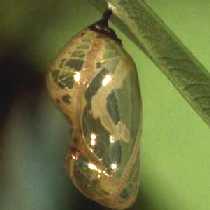 27:10 Common Crow Butterfly chrysalis |
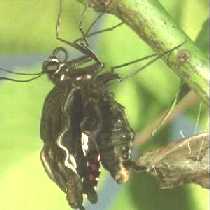 28:05 Orchard Swallowtail emerges from chrysalis |
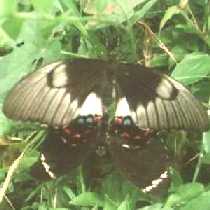 29:35 Birdwing Butterfly mating |
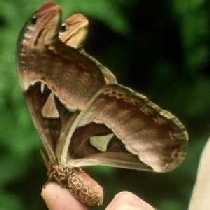 31:20 Atlas Moth |
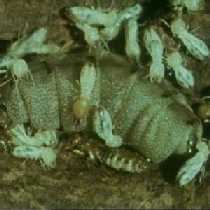 32:25 Termite queen |
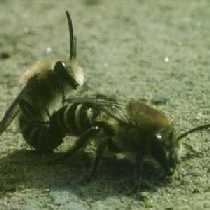 37:40 Bees mating |
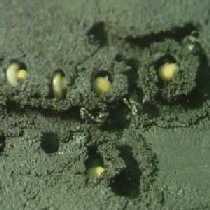 35:50 Sweat Bee colony |
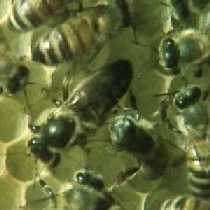 38:50 Honey Bee queen |
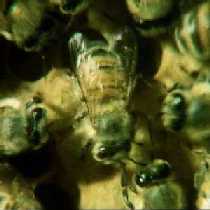 38:35 Honey Bee worker waggle dancing |
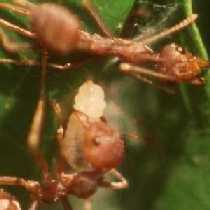 42:30 Green Tree Ant S |
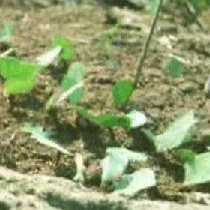 44:10 Leaf Cutter Ants |
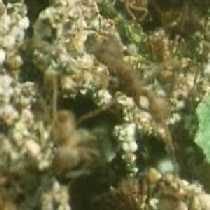 45:50 Leaf Cutter Ants cultivate fungus garden |
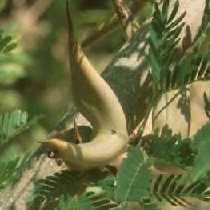 47:05 Bullhorn Acacia ? |
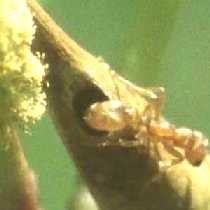 47:05 Stinging Ants |
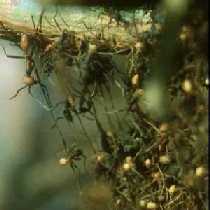 49:35 Army Ants |
| Index | Jan 10, 2006 |  Peter Chen Peter Chen |